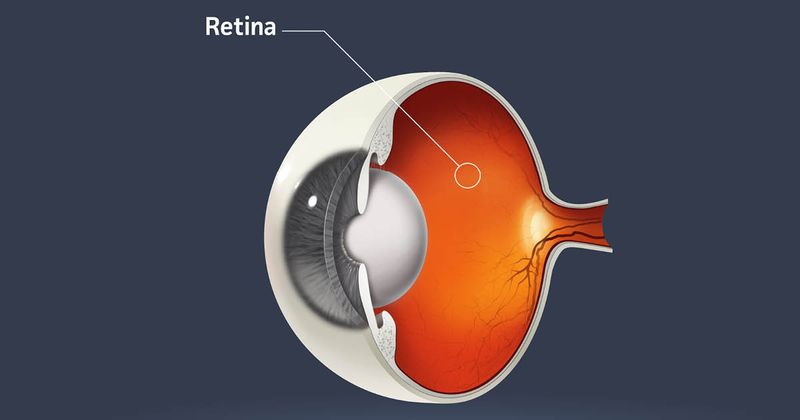OCT, visual acuity popular benchmarks in clinical practice guidelines for DME
A review found that OCT and visual acuity were among the most popular benchmarks in the management of diabetic macular edema in clinical practice guidelines.
“Ophthalmology CPGs for DME vary in terms of diagnosis and management recommendation,” Mark McAllister, MD, a vitreoretinal fellow at the University of Illinois Chicago, said at the American Society of Retina Specialists annual meeting. “Variability between CPGs could lead to variations in the quality of care across care settings and regions.”

Image: Adobe Stock
A systematic literature review investigated clinical practice guidelines (CPGs) and consensus statements on the diagnosis, treatment and monitoring of DME. Publications were identified through the Embase and Medline databases, which were systematically searched between January 2010 and October 2023. Fourteen global CPGs were included in the review, all published between 2017 and 2023 and 11 published since 2020.
Four reviewers used the AGREE II tool to evaluate the quality of the CPGs through six domains: scope and purpose, stakeholder involvement, rigor of development, clarity of presentation, applicability and editorial independence. Each domain was rated from 1 (strongly disagree) to 7 (strongly agree). CPG quality was then scored as low (0% to 30%), moderate (31% to 70%) or high (71% or greater).
According to McAllister, mean scores ranged from 41 to 91. The highest quality appraisals for CPGs were scope and purpose (mean score 85), clarity of presentation (mean score 87) and editorial independence (mean score 91), and the lowest was rigor of development (mean score 41).
“All CPGs recommended leveraging OCT for initial DME diagnosis,” he said. “Most CPGs also recommended visual acuity for initial DME diagnosis.”
Eleven out of 14 CPGs recommended OCT for managing anti-VEGF therapy while nine out of 14 recommended visual acuity. All CPGs recommended both OCT and VA for disease monitoring in patients being treated with anti-VEGF therapy.
The results highlight the need for more guidance on applicability of CPGs in resource-constrained systems and more rigorous methods of CPG development in DME management, McAllister said.
“There is strong alignment among global CPGs on the importance of OCT and visual acuity for the management of DME,” he said. “Patient perspectives should be incorporated into future CPGs to further strengthen their utility for providers.”

